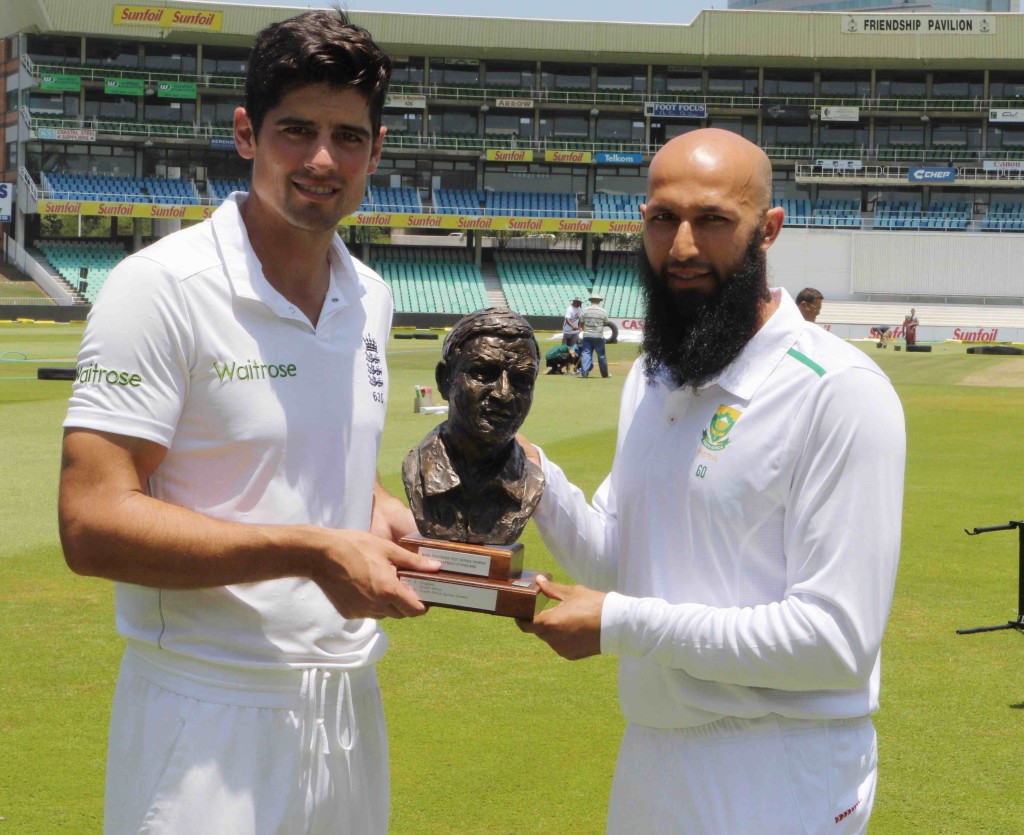England’s proposed points system will threaten the sovereignty of Test matches.
When the England Cricket Board (ECB) proposed a multi-format points system last week, the alarm bells started to ring.
Why? Why the need to constantly fix what isn’t broken? Cricket boards need to seriously consider what their teams are playing for. Do they play for bragging rights over their rivals? Do they play to impress and entertain the fans? Do they play for ranking points? Perhaps all of the above, and all will suffer consequences if this points system becomes a ‘thing’.
The idea was implemented for the first time in the women’s Ashes series in 2013, and it has proved somewhat of a success. The women’s game is doing everything it can to get global appeal, and it is steadily improving – the Proteas women enjoyed five televised T20s against England and West Indies earlier this year, with a couple of the games being played at notable stadiums in the form of Newlands and the Wanderers. They were curtain-raisers to the men’s T20s – so it is because of this format that the women’s game has received more attention.
That is not to say, however, that the international women’s teams don’t want to play Tests. The South African women have expressed their frustrations at not playing enough of them. Skipper Mignon du Preez has played only one Test, in 2014, and that’s just not good enough.
It does make it easier to understand, though, why the multi-format system works in the women’s game. T20s have proved an extremely important format in getting women’s cricket on the map, and this system will hopefully allow Tests to be introduced into South Africa’s schedule in the future.
The ICC Women’s Rankings incorporate results in all three formats of the game into one rankings format. Based on the above, this makes sense. But imagine now if they did that for the men’s game? If they start to use the points system regularly, surely they’re going to have to start thinking about doing exactly that.
I can understand their intentions to give more meaning to the ODI and T20 series, and a points system will bring the shorter formats into a bigger overall contest if they are played before Tests. But why aren’t ODIs and T20s played before the Test series anyway? ODIs and T20s should be the curtain-raiser to the main event. (I presume Tests are still the main event; but I’m not sure any more.) I do need to accept the reality that T20 cricket is an extremely popular format to watch now, so why not reverse the number of ODIs and T20s played – make T20s a five-match series, or at the very least, make them the same number as ODIs?
In the women’s game, four points are awarded for a Test victory (two for a draw) and two points are awarded for an ODI win and a T20 win. Imagine if this would be introduced to an Ashes series or a Proteas Test series against England, Australia or India, where the history and rivalry in the Test format is deep-rooted. Let’s say there’s a five-match ODI series and Australia tear through the English 5-0. Australia will have a 10-point lead going into the Test series, which means they can lose 3-1 in the Tests and still win it overall? Nah. England will feel like they’ve won it. What do people remember about England’s tour here a few months ago? The Proteas obliterated England in the shorter formats, but it’s England’s dominance in the Test series that will be remembered more the next time they face each other.
I understand the need to move with the times. I’m even OK with a day-night Test – it’s an exciting concept. Just don’t put Tests in the same bracket as ODIs and T20s. One thing will lead to another, to the point that fierce rivalry and rich traditions, and Tests for that matter, will cease to exist.







